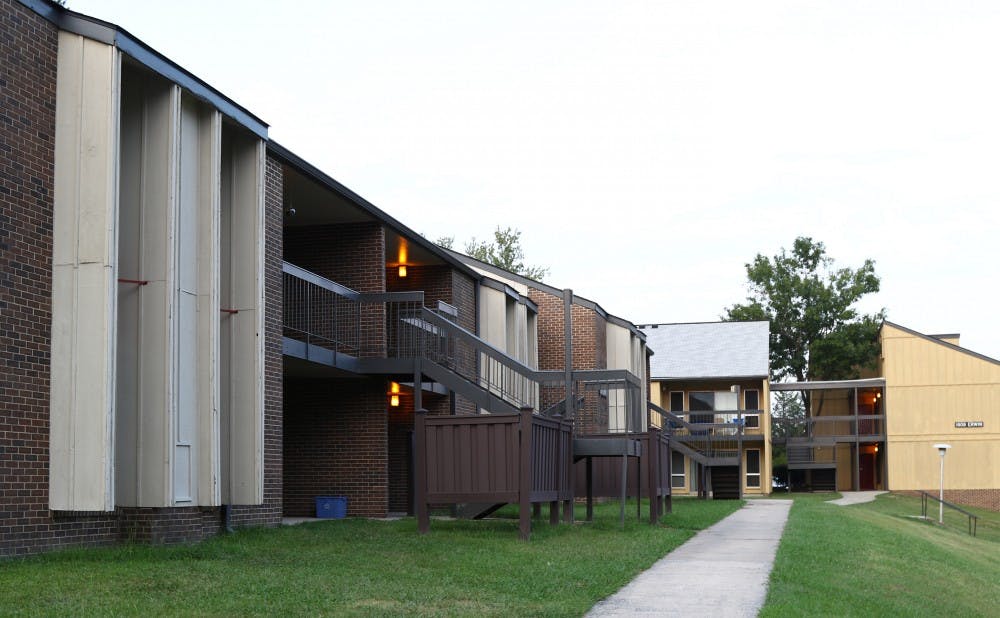The recent discovery of black mold in a Central Campus apartment has raised questions about Central living conditions.
Mackenzie Drazan, a sophomore who until recently lived in a Central Campus apartment, discovered black mold in the walls and in the air of her apartment during the first week of classes. She said that one of her roommates, who moved in before her, had noticed that the bathtub was covered with black residue and had bleached the tub in an attempt to clean it. As a precaution, however, Drazan hired an outside contractor to inspect the apartment.
“The walls were saturated, which is a good indicator that there probably is mold,” Drazan said. “Then they peeled back a section from the wall, and there was a lot of black, gross stuff, which they thought was mold—and it was.”
The lab results detected two types of black mold—Chaetomium and Stachybotrys—in the air. In addition, the lab found very elevated levels of other common mold species, such as Aspergillus and Penicillin. Depending on the species, black mold exposure is known to cause allergic reactions and a variety of respiratory symptoms.
Drazan sent the report to Duke administrators and has since moved to West Campus while her roommates have remained in the apartment. She noted that a sink in the apartment as well as the rubber wall lining will be replaced.
One week after the outside contractor conducted tests on the apartment, the Central Campus office of Housing, Dining and Residence Life—along with Duke’s Occupational and Environmental Safety Office—held its own investigation. They did not find any mold, however, noted Dean for Residential Life Joe Gonzalez.
“The fact is mold is in all buildings, especially in the humid south,” Gonzalez wrote in an email to Drazan. “The only danger is when you disrupt the mold, which is what happened in this case.”
Drazan said she chose to hire a private inspector because she knew of someone who had been hospitalized last year as a result of black mold in her Central Campus apartment. Gonzalez said he is not aware of any such incident.
Although black mold is a new concern for Central Campus, it is not the first time there have been safety concerns about apartment living conditions. In previous years, residents have been concerned with asbestos in their apartments. Typically used in construction materials, asbestos is a known carcinogen when high concentrations are inhaled during a long period of time.
Gonzalez explained that the ceilings and walls in the Central apartments have a trace amount of asbestos in them, as is common in structures built before the 1980s. He added that the risk of exposure from asbestos is minimal.
“There is no risk of exposure to students unless the surface is disrupted—sanding the ceiling for example,” Gonzalez said.
Apartments have been vacated in the past, however, when asbestos was deemed a serious threat to residents’ health.
Gonzalez noted that student health is a top priority.
“If a student has a concern, they should contact our office so we can investigate the concern and respond as needed,” he said.
Samantha Neal contributed reporting.

